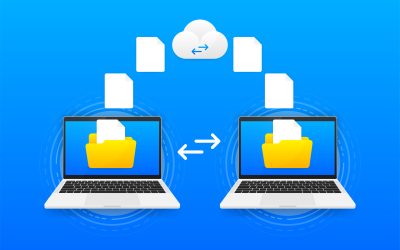Whether it is back office outsourcing or outsourcing some other business process, service level agreement (SLA) is a very important requirement. It is an agreement that defines the level of service expected by a customer from a supplier. It lays out the metrics by which the service is measured and the remedies or penalties, if the agreed-on service levels are not achieved. It is an important element when you outsource to a third-party vendor and a minor error drafted in the agreement can cause huge impact on business, especially when measuring the service delivered.

Here are some tips to draft a good Service Level Agreement.
Do’s
- Common sense is important: it is difficult if you mention unrealistic service levels for the service provider and the clients. So, mention only a few metrics that are important for your business outcomes. Even though the metrics are few it should be comprehensive; be honest about the tolerance for failure. This helps to save money and ensures that the stakeholders understand why the service levels are as they are.
- Push back on ‘earn back clause’: Stating “earn back” clause in the agreement gives the service provider the right not to pay service level credit if the desired level of performance is achieved later. Today many clients are excluding this clause from the agreement for a good cause.
- Be precise: Service level agreements should be precise and definitive and mention what they are measuring and how they are measuring, how performance is calculated and evaluated. It is important or both client and the service provider to meet before the date of the contract. It helps to evaluate all service level for measurability, identify the tools to measure them and also examine the potential business impact.
- Provide grace period: If there is no baseline data at the start of the contract then the SLA and associated financial penalties should not be applied from the beginning of the engagement. Consider the first 60 to 120 days as learning period where penalties are not applicable.
- You can adjust SLA over time: This can be done if the service level is not able to meet the business needs or is creating other challenges. With increased automation and other service optimization, some metrics are changing. Therefore, you can make some adjustments in SLA. Stringent targets need to be reviewed periodically; and make some editing based on the requirements.
Don’ts
- Do not consider financial penalties as means to save cost: SLA has clause for remunerations if the outsourcing service goes wrong. Penalties are considered as means to drive the right service provider behaviour and not to trigger credits. Buyers have realized that the credits do not fully compensate for the poor service received.
- Do not overlap metrics: There should be no overlapping of metrics. The SLA should measure different aspects of symptoms and offer good visibility in the agreement.
- Do not increase the fee at risk: If the service provider has more to lose, there will be huge incentives to perform and clients will often subject a percentage of an outsourcer’s fee to performance metrics. This can lead to other repercussions.
- Do not pay more for better service: Paying more for better output should not be encouraged. The cost associated with higher service levels is more an allocation risk than a planned improvement in the service.
- SLA adherence does not guarantee success: SLA adherence alone does not improve performance. It leaders should take a strong approach to craft thoughtful SLAs.
Having an experienced team of legal experts to verify business contracts and agreements is important for the survival of any business organization in the long run. However, hiring reliable outsourced solutions will ensure that all agreements are rightly done to avoid any litigation.



